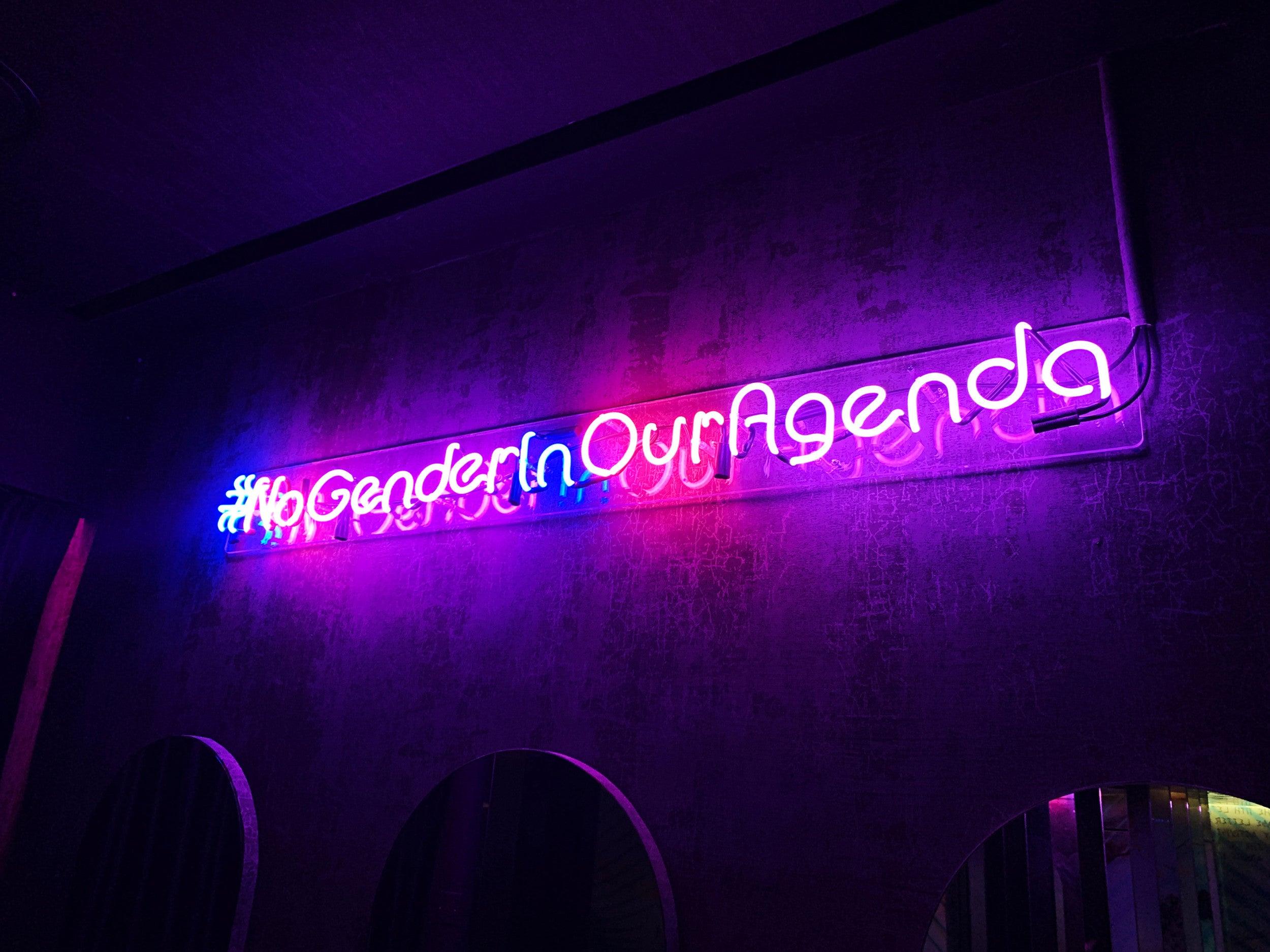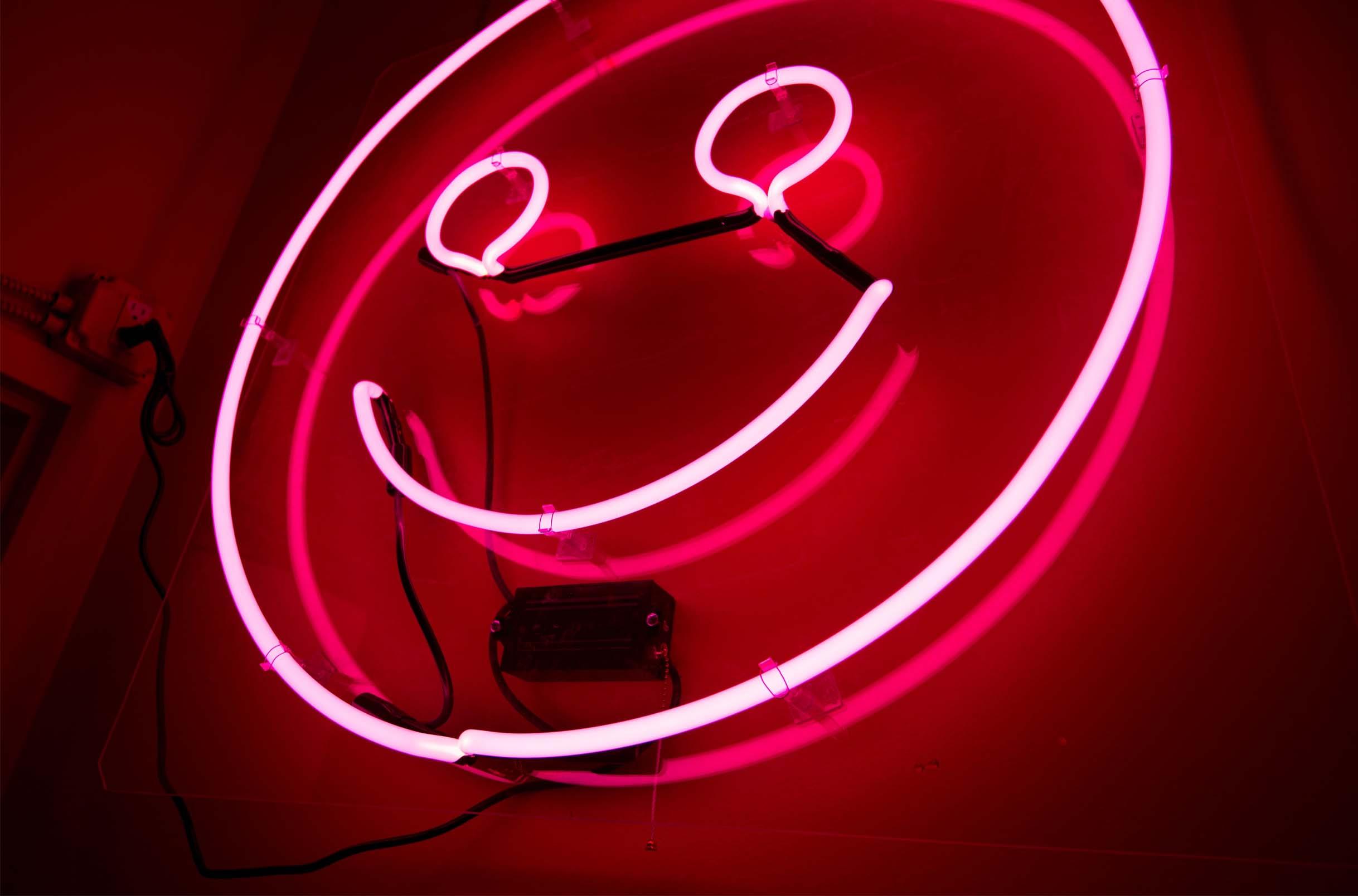The story of neon light signs styles is like a thrilling adventure! It has transformed from fancy decorations to cool and modern trends, and even drew inspiration from wartime and popular culture. Each era added its own special touch, making neon art truly unique. Now, let's take a fun journey to explore how neon art styles have evolved over time!
1920s: The Roaring Twenties were a time of glamour and extravagance. Neon art, influenced by the Art Deco movement, burst onto the scene. Imagine dazzling signs and artworks with intricate designs. Curves, flowers, and decorative patterns adorned the neon lights, creating a sense of luxury that captivated the eyes.
1930s: The Jazz Age brought a new and modern look to neon art. Artists created sleek and stylish designs using neon signs and artworks. They used cool and futuristic shapes that made the neon lights shine brightly on the streets. It was an exciting time when technology and art blended together beautifully. Neon art took a big leap forward during this era, marking an important moment in modern art history!
1940s: With World War II raging, neon art took on a patriotic and propagandistic tone. Artists used neon signs and symbols to support the war effort. Imagine neon lights shining in red, white, and blue, proudly displaying national motifs. These artworks aimed to inspire people and foster a sense of unity during challenging times.
1950s: Ah, the fabulous Fifties! Neon art fused with the vibrant energy of popular culture. Artists created neon masterpieces that reflected the spirit of fashion, music, and entertainment. Picture bright, lively, and abstract neon artworks that could light up a room and bring joy to anyone who laid eyes on them.
1960s: The Swinging Sixties was a time of rebellion and artistic freedom, and neon art embraced the spirit of the era. Artists created mind-bending neon works using vibrant colors, wild patterns, and popular symbols. These artworks were psychedelic and symbolized the counterculture movement, challenging norms and celebrating individuality. The neon lights of the 1960s were a visual explosion that perfectly captured the free-spirited energy of the time.

Since then, neon art has continued to evolve and captivate our imagination. Today, it embraces various styles and can be found illuminating city centers, enriching art exhibitions, and electrifying music festivals. It has become an integral part of modern urban life, infusing our surroundings with vibrant colors and a touch of magic!




